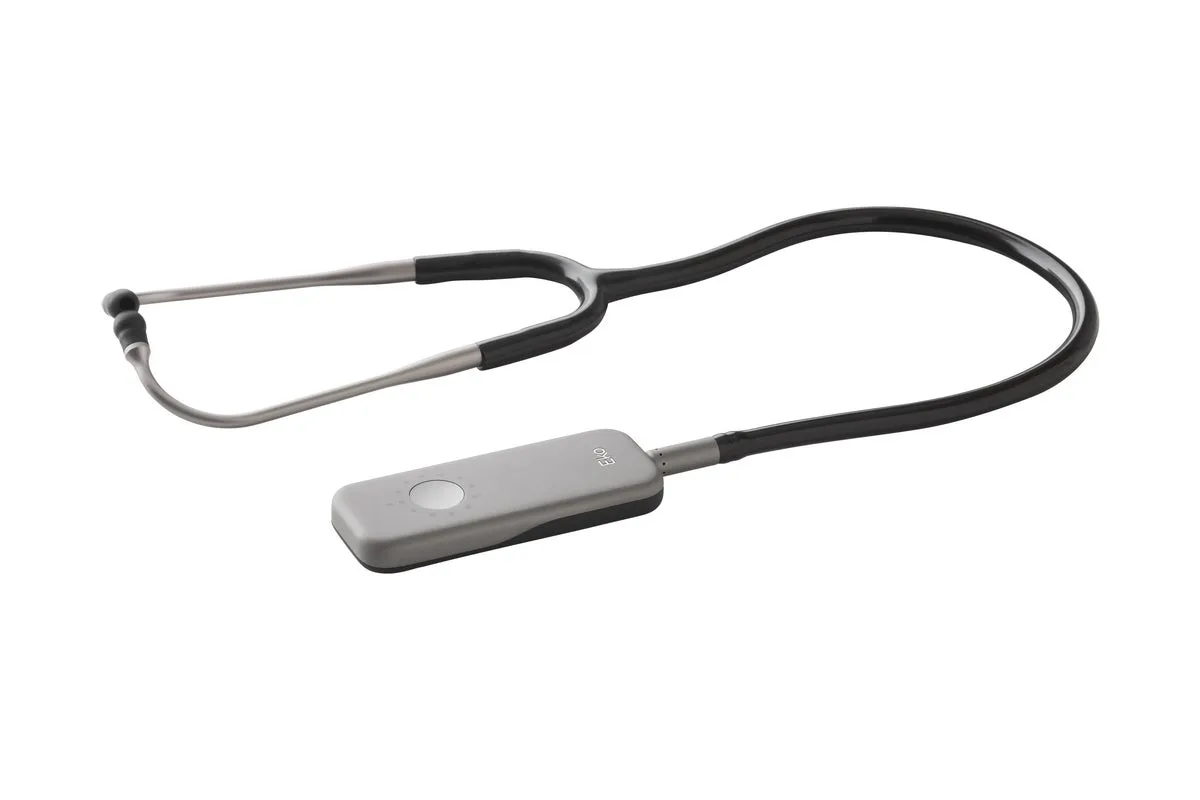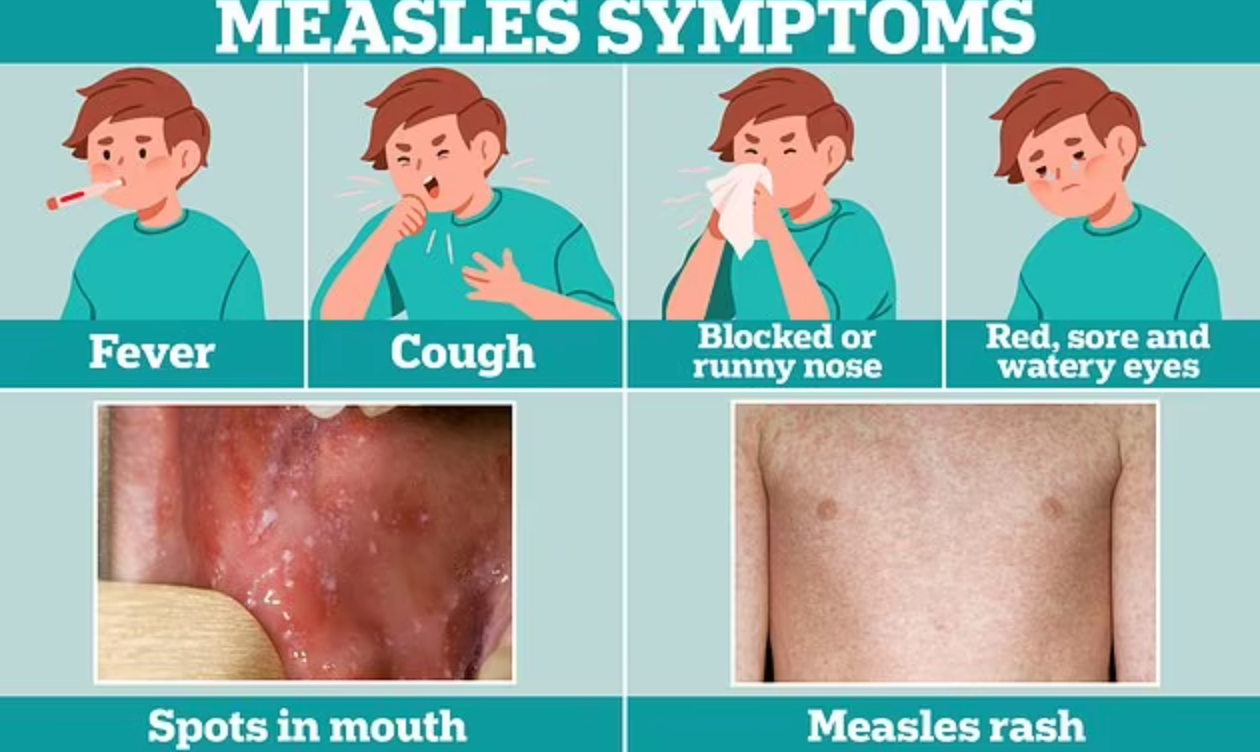Many people suffer from vitamin D deficiency in winter. This is reflected, among other things, in mood swings, tiredness, or exhaustion. However, certain foods can help: This is how you supply your body with sufficient vitamin D in the dark season.
- Vitamin D deficiency in winter: Many people are affected
- There is a lack of sunlight: This is why the body cannot produce vitamin D (calciferol) through the skin
- Symptoms of vitamin D deficiency: fatigue, seasonal affective disorder or hair loss
- These delicious foods will keep you healthy through the dark season
Vitamin D is one of the fat-soluble vitamins and is involved in bone metabolism. It strengthens the skeleton and affects our muscles. A deficiency can have serious consequences, ranging from the weakening of bones to death. Study results also show that a healthy vitamin D household can significantly reduce the mortality rate from cancer.
From March to October, vitamin D is not really an issue: During this time, the skin normally produces 80 to 90 percent of its own requirements. The body can even put some vitamin D into fat and muscle tissue, but this varies from person to person and is differently influenced by many factors. Vitamin D deficiency usually occurs because the skin is not exposed enough to the sun. The body needs UV light for the body’s own production of vitamin D3. A deficiency can also be caused by diseases.
Vitamin D deficiency and the main symptoms: foods that keep you healthy
In winter, the vitamin D balance becomes a problem for many: the sun‘s rays are too weak, we are outside less and show less skin. Therefore, it can happen that you suddenly feel listless, tired, or sad in winter – which can indicate a deficiency. One of the main roles of the vitamin is bone health. Vitamin D also supports the immune system, muscles, and hair, for example. According to the vitamin D guide, possible symptoms of a deficiency are:
- fatigue
- exhaustion
- exhaustion
- Increased susceptibility to infections
- mood swings
- Winter depression (or winter blues)
- hair loss
- muscle weakness
- muscle pain
The German Society for Nutrition recommends about 10 µg per day for infants, everyone else should take 20 µg vitamin D per day if the body does not produce its own – i.e. in winter. There are two options for this: Either you take supplements – but you should always discuss this with a doctor! Because an overdose also leads to damage in the body. The other option is to add certain foods to your diet more often, which will help you improve your vitamin D balance again can. The intake of vitamin D from food only covers a small part of our vitamin D requirement. Nevertheless, you should regularly eat foods that contain the sun’s vitamins.
1. Fish and Seafood
Fish are absolute vitamin D carriers. A look at the nutrient table shows that the Atlantic herring is the absolute leader. A 100-gram portion contains 25 micrograms (µg) of vitamin D. For those who like it more regional: The baltic herring has at least 7.8 micrograms.
Salmon (16 µg per 100g) and eel (20 µg per 100g) are also suitable for filling up the vitamin tank.
Nutrient Overview:
- Atlantic herring (25 µg per 100g)
- Sardine (25 µg per 100g)
- Eel (20 µg per 100g)
- Salmon (16 µg per 100g)
- Greenland halibut (15 µg per 100g)
In addition, fish is also rich in healthy omega-3 fatty acids, which support our nervous system, blood pressure and vision. Omega-3 also protects against cardiovascular problems . Fish and seafood are therefore ideal suppliers of nutrients and part of any healthy and balanced diet.




